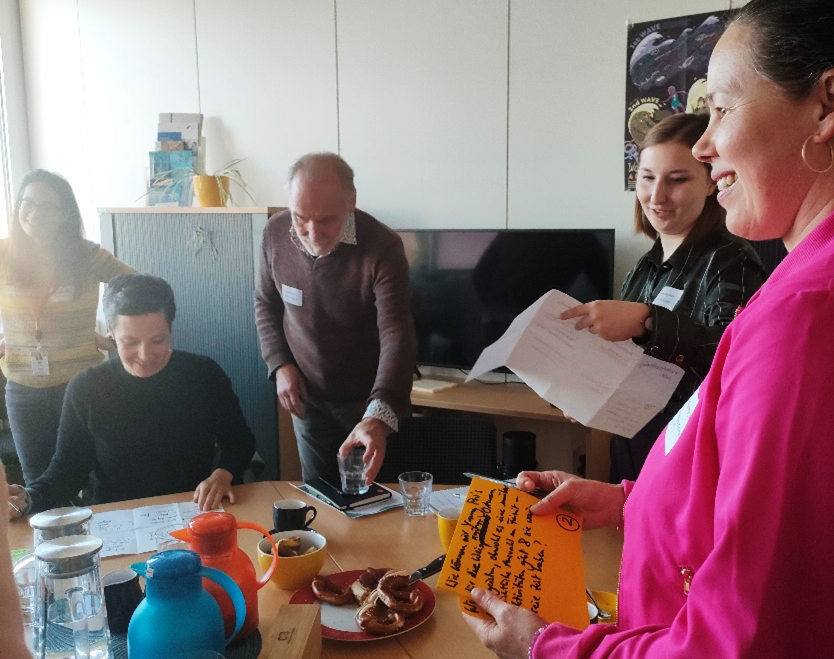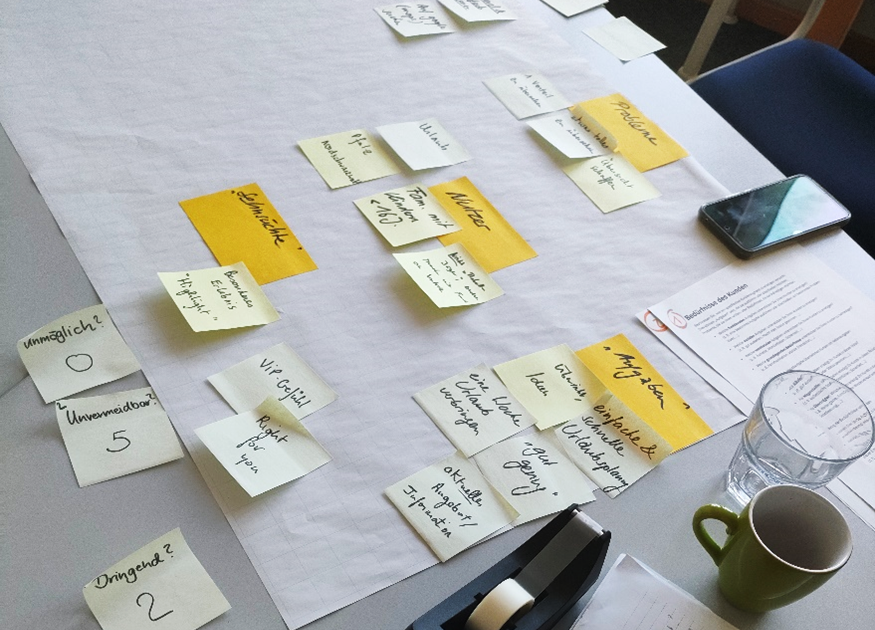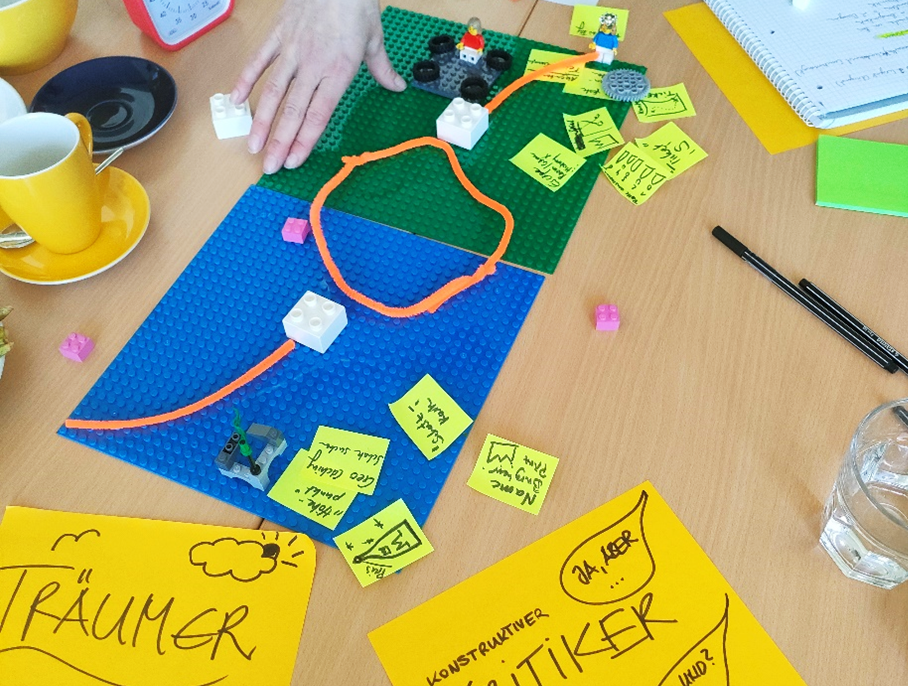Many entrepreneurial environments lack essential innovation and technical competences, especially in the context of digital, green, and creative transitions. This article draws on insights and tools from a three-part workshop series conducted in Karlsruhe, Germany in the frame of the Capacity2Transform project. The workshop series focused on building innovation competences through structured co-creation methods, helping teams define real problems, generate creative solutions, adopt relevant digital/green technologies, and develop viable prototypes.
Using proven frameworks like Design Thinking and the Business Model Canvas, this guide provides clear steps, concrete tools, and technology-relevant information to support innovation in diverse teams – even where technical or digital expertise is limited. It aims to increase access to innovation skills, offer guidelines for competence-building programs, raise awareness of the Digital Green Creative concept – a sustainable and innovative approach combining digital technology, eco-friendliness, and creative design- and show real use-cases of co-creation in action.
1. What You Need to Get Started
A successful workshop starts with a mixed team – participants from diverse backgrounds and disciplines – as it promotes richer ideas and perspectives. Plan two half-day sessions, either in-person or online. Prepare simple materials such as markers, post-its, and digital tools like Miro or whiteboards.
Most importantly, ensure the group commits to working on real user problems rather than hypothetical or overly broad topics.

2. Define the Right Problem
Before generating ideas, clarify the challenge. Use the Challenge Canvas – a simple template that helps map the problem context, stakeholders, and desired outcomes. The canvas breaks down the problem into its components, helping teams understand who is affected and what success looks like. It guides you in reframing vague topics into focused, actionable “How might we…” questions that invite creative problem-solving.
Example: Instead of the broad topic “Digitalisation in rural tourism,” the team reframed it to: “How might we support small rural tourism providers in using digital tools sustainably?” This focused question guides ideation toward practical and relevant solutions.
3. Understand the Users
Empathy is essential. Use tools like:
- Personas: Create fictional but data-driven profiles representing typical users to understand their needs, motivations, and challenges. Persona Template
- Actor Mapping: Identify all stakeholders involved and their relationships.
Example: In the CoupinoApp workshops, the team built a persona of a young family to better understand a new target group, then adapted the app features and offerings to match their needs.

4. Generate Ideas Creatively but Purposefully
Once the problem and users are clear, search for ideas with structure. Use brainstorming methods combined with role-playing techniques to balance creativity and practicality.
- Brainstorming Rules: Encourage quantity over quality first; avoid judgment during idea generation.
- Brainstorming Methode – Dreamer, Realist, Critic: Dreamer imagines wild possibilities, Realist evaluates feasibility, Critic spots risks.
Example: For a tourism event in the Ortenau region the co-creation team applied the Dreamer, Realist, Critic-method to develop a wine tasting experience that was innovative yet logistically feasible, blending creativity with realism.
5. Visualize with Quick Prototypes
Bring ideas to life fast through low-cost prototypes – simple, rough models or sketches that make concepts tangible. This can include:
- Sketches or storyboards to tell the user story visually
- Mock-ups on digital boards like Miro
- Physical models using Lego or paper
- Customer Journey Maps: Visualize the user’s experience step-by-step, identifying pain points and opportunities for improvement. See for instance Journey Mapping Guide.
Example: Participants used Lego bricks to build a model of a tourist route in Ortenau, helping them visualize the customer journey and communicate their idea clearly for feedback.

6. Test and Improve
Prototypes are useless without feedback. Present early versions to real users or stakeholders and collect honest reactions. Use simple methods such as:
- “I like / I wish / What if” feedback rounds
- Scenario testing with personas
- Group critiques or video pitches
Example: Early prototypes were shared in small groups; based on the collected feedback, teams simplified or completely rethought their value propositions to better match user needs and feasibility. This iterative process ensures solutions are both desirable and implementable.
Final Thoughts: Structure Enables Creativity
Innovation does not require expensive labs – clarity, structured methods, and collaboration are the keys. By combining empathy, creative techniques, and iterative prototyping, even small teams can develop meaningful, sustainable business models that address real challenges. The co-creation approach showcased in the Capacity2Transform workshops demonstrates how Digital Green Creative transformation can be made tangible: from initial problem definition, through user-centred solutions, to viable business models that integrate green & digital elements.

